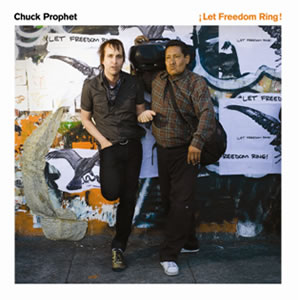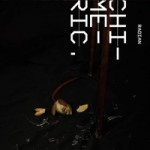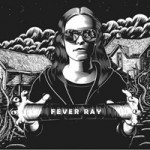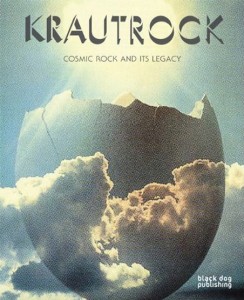Article
Chicago Magazine
February 2010
Link

The fourth-floor loft inhabited by Spaceship Collaborative—on Jackson next to Lou Mitchell’s—doesn’t look like a typical start-up. Freestanding desks, custom cabinetry, and dark wooden tables made by an Amish craftsman fill the sleek, airy office. Then again, this isn’t your typical start-up. Jacob DeHart, 28, is a Chicago internet success stories, cofounder of the pioneering multi-million-dollar T-shirt company Threadless. Along with his wife and Spaceship Collaborative partner Mischa, 25, DeHart is getting entrepreneurial again with Culinary Culture, an evolving social media hub featuring restaurant profiles, event listings, and a modern, upscale spin on the old-fashioned recipe swap.
“Our business is like a recipe,” he says. “If next month our users want a new feature, we can just tweak the recipe.”
In 2007, Jacob left Threadless, which he cofounded with Jake Nickell in 2000 while studying design at Purdue. The company solicited T-shirt designs from the public, then asked people to vote on the most popular-making the community the creative team, decision makers, and end consumers. That formula worked: one million users registered for the site.
Although happy with his accomplishments, DeHart craved the excitement of starting from scratch with a small team. At the same time, Mischa began cooking more seriously. A Columbia College marketing and public relations grad and nonprofit fundraiser, she’s an MBA at Dominican University near Oak Park, where the couple live.
They started Spaceship Collaborative in 2008 to serve as an incubator for projects like Culinary Culture, which they began designing in early 2009. By winter, when the site was open to the public after private beta testing, it had roughly 1,500 active users commenting on recipes ranging from lotus root hash browns to a drink called cherry bounce.
Right now, the community is small. But DeHart’s big takeaway from Threadless was that community engagement, not size, matters. “If you give people an opportunity to do something they’re passionate about, they’ll do it,” he says. “If you give them the ability to interact with others who are just as passionate, you will create a community. If you have a strong, loyal community, you can do anything.”
As of December, Culinary Culture (culinaryculture.com) was self-funded and without a revenue stream. But the DeHarts are considering various potential revenue options, including allowing restaurants to post menus or offer special deals. Right now, the focus is on making the site useful. And if Jacob needs to sample more of Mischa’s cooking, that’s R&D he can get behind.










